Of all the countries in the Old World Italy is one of the oldest, and arguably the most individual in terms of indigenous grape varieties. Maybe only Portugal rivals it in this regard. It is also characterised by significant (often strongly secular) regional variations and styles. It is also complex – and trying to condense this amazing vinous kaleidoscope into a manageable summary is not easy. But I have such a love for the country and wines - and so do Vino Gusto who have over 60 wines on offer - that I thought I would give it a go – over three separate (geographical) blogs.
Introduction
Italy vies with France each year as the single largest wine producing nation in the world. Like most European countries Italy is experiencing a decline in domestic sales and as a result must focus more on exports markets than ever before.
As a country, Italy (formally founded 1861) only became a united entity in the 1870s and there is still some “fragmentation” between regions now, with many operating as quasi countries within a country, so to speak. Overall, there is a significant division between the “North” and the “South” (by that south, south of “the Rome line”) and a clear disparity in wealth between these areas, with the north far more industrialised and wealthier than the south.
The delimited DOC and DOCG (“Garantita”) production areas were first defined in 1963 but were quickly challenged by those producers who felt their regulations were too constrictive. This led, indirectly, to the creation of the “Super Tuscan” category, where certain producers openly flouted the rules and proudly sold wines at the basic “Vino da Tavola” level. Currently there are 330 DOCs and over 77 (and growing) DOCGs, with the generic IGT (Indicazione Geographica Tipica – or IGP now) underneath.
Italy also uses terminology peculiar to the country – not least “Classico” referring to the heartland – or supposedly best vineyard areas within a DOC(G) – eg Soave, Chianti, Valpolicella. The term Riserva usually refers to higher quality selected wines (often with more oak and bottle aging) but does not carry the definition or legal obligation as is found in Spain for example. Passito or Appassimento refers to the Italian speciality of air drying the grapes (for 3-6 months) to increase levels of sugar and concentration (and in the case of black grapes, tannins, and colour) with the resultant wines.
In vine growing and winemaking terms, Italy is unique in that, with two exceptions, the grapes grown, and wines made are often unique to that declassified area – and not found anywhere else in the country. It is on this basis that this paper and review is based. Remarkably Italy uses hundreds of different grape varieties to make wine, but we will focus on the main and more famous examples.
The country is so elongated that at its most northern tip you are level with Burgundy (to the west) in France, whilst at its most southern point you are below the North African coast. In addition, large parts of Italy are mountainous/hilly, which combined with its ever close presence to water makes for an incredible series of micro- climates. In addition, the soil is very old and weathered so little surprise that nearly every region’s wines are so individual.

The Exceptions
Two white grapes buck the Italian trend and are found in many parts of the country – these are Trebbiano (aka Ugni Blanc in France) and Pinot Grigio (aka Pinot Gris in Alsace).
Trebbiano makes medium bodied, crisp, and relatively citric white wines, and is a good “stocking filler” in a blend or a source of cheap and unassuming varietal wine at the entry price level. It is widely grown, most especially in areas such as Tuscany, Veneto, and the Central East region. Certain clones though – such as those found in Soave and Lombardy – produce wines of greater character.
Pinot Grigio is so named after the grey or rusty colour the grape develops when it ripens. This why if you leave the skins in contact with the juice you can make a rosé – or rosato – Pinot Grigio. A mutation originally from Pinot Noir this grape is grown all over Italy, from the lower Alps in the North to the hot flat lands on Sicily. The very wine (name) has become an important brand in the export markets, but there is a great diversity of styles.
It can be – such as from over cropped, warm plain land vineyards – rather neutral and anonymous. However, in certain cooler areas, with lower yields (eg Friuli and Alto Adige in the North-East) it can acquire some punchy orchard fruit and soft spice qualities, such as the Franz Haas example from Alto Adige.
The Main regions; Their Grapes and Wines
Part I – The North

Piedmont(e) – Northwest
A wealthy and historic area which arguably boasts Italy’s most famous and finest red wine – Barolo, although its near neighbour Barbaresco makes wines of equal quality. Both the areas are quite small, with Barbaresco being even smaller at only a 1/3rd of the size of Barolo - and there are sub districts and single vineyards within them which are most prized. To put this into some sort of context, Barolo (origin 1840’s – DOCG 1966) is only 1700 has large (which is only 1/10th the size of Burgundy) and Barbraresco – origin 1890 - (DOCG 1980) (at 640 has) is small.
 Examples and sub districts include
Examples and sub districts include
Barolo
- Serralunga – Falletto | La Serra
- La Morra – Cerequio | Brunate
- Barolo – Bricco Viole| Cannubi
- Castiglione – Fiasc | Monprivato
- Monforte – Cicala | Santo Stefano
Barbaresco
- Barbaresco – Rabajà | Asili
- Neive – Santo Stefano
- Treiso - Pajorè
- Alba
Barolo require 3 years aging before release (by law); for Riservas 5 years | Barbaresco 2 years, Riservas 4 years.
With cold and snowy winters and warm dry summers this region prolongs the ripening season and teases out the most powerful, yet delicate flavours and aromas of the Nebbiolo grape. This grape’s paler red colour belies remarkable levels of tannin, acidity, and power, but also perfume and finesse (classically referred to as “tar and roses”). The top wines need up to 10 to fully mature and show their best.
In simple terms, producers tend to be split between those who are loosely termed at Traditionalists – long aging, old wood (eg GD Vajra) and Modernists - shorter time, new often French oak (225lt) barrels (eg Gaja, Aldo Conterno); with those in between (Giacosa).
In broader more regional appellations, you can also find the Nebbiolo grape, such as in d’Alba and d’Asti, named after the two main cities in the area. In addition, the red grapes Dolcetto and Barbera are also grown and provide more affordable, and often delicious, alternatives. Barbera, in particular, drinks like an “acoustic” version of Nebbiolo rather than the “Marshal Amp” volume of a Barolo or Barbaresco. I think it is one of Italy’s best value for money reds in general. Freisa is also an interesting local black variety.
There also two popular dry white wines produced one from the Arneis grape – at its most characterful in Roero - and Cortese – the grape behind the stalwart white Gavi – the most famous white wine of the region.
This region is also famous for two semi sparkling (frizzante) sweet wines. These are unique in style and genuinely “fine” in the true wine sense.
- Moscato d’Asti – made from the Muscat grape and cool fermented in a sealed tank, then bottled early under pressure before all the sugar has been fermented
- Brachetto d’Aqui – as above from the red Brachetto grape – both of which are usually produced at low 5.5% abv alcohol
I have picked three examples to try from the region – the classic dry and savoury Gavi de Gavi from the up-and-coming Estate of Giustiniana. This is proper Gavi with real zest and a lovely nutty note. Then two classic reds – from highly regarded family estates of Massolino their Babera d’Alba – lovely savoury and bright red fruits; and then an absolute benchmark, refined, Barolo from the Vajra family. Their Barolos are sublime and by the standards of this wine the most elegant and refined of styles. As the late, and highly respected, wine writer Steven Spurrier called them – “the Lafite (Rothschild) of Barolo”.
Veneto - Northeast

A famous region with the historic cities of Verona as its centre and Venice on the coast. This is also the production centre for vast quantities of Trebbiano, Pinot Grigio and Prosecco, which is made from the Glera grape. Whereas the vast majority of Italy is mountainous – or at least hilly – this area is quite flat – and it is on these fertile plains that high cropping vines can be found where wines are made to hit certain price points shall we say.
With regards to Prosecco this is made across a vast swathe or vineyards, but there is a delimited higher quality vineyard area Conegliano Valdobiaddene. Here the microclimate and soil produce the finest Glera grapes and there is a noticeable increase in quality and concentration. There are no real super star producers, but these wines are generally worth the premium. Within Valdobiaddene there is a special enclave called Cartizze, which is produce the finest Glera and Prosecco of all.
Most of the Prosecco is made in sealed tanks and exemplifies a clean, crisp, and fruit led sparkling wine style – no wonder it is so popular.
As for still wine the two most important areas and neighbours are Soave (white) and Valpolicella (red). The basis of top quality Soave is the Garganega grape, although a superior clone of Trebbiano is used in a lot in blends. With Valpolicella the most important grape is Corvina, but this is often blended with Rondinella and Molinara in differing proportions. In addition, several quality producers also rate and use the Oseleta.
Stylistically Soave is a relatively gentle and softly fruity white wine, mainly unoaked and with nutty overtones and medium to medium plus acidity. With age it develops remarkably concentrated honey and camomile flavours and can age well for 5 or more years in top examples.
Valpolicella is often loosely referred to as “the Beaujolais of Italy” which might relate to its structure rather than flavours, as at its generic table wine level it has low levels of tannin and a soft juicy, cherry fruit character. These wines are made for early drinking and can be very enjoyable.
One of the interesting aspects of these two regions has been how they have used and adapted air-drying methods for grapes – a process which is called “Appassimento or Passito” as it creates desiccated shrivelled grapes which are higher in sugar, lower in water content and more concentrated in flavours – and in Valpolicella’s case tannins and increased colour pigments in the grape skins. This process can of course be accentuated with later harvesting dates. Historically grapes were laid out on straw mats and air dried in warm lofts for a number (up to 6 months), then crushed and fermented in the winter. In Valpolicella this process is accelerated via the use of giant air fans, some of which can even be set up to move around the drying trays.
Clearly Soave can also benefit from late harvesting and - even in some years – a touch of botrytis (noble rot). Passito and/or late harvest Soave is a luxuriant sweet wine, more honeyed and waxier with elevated stone fruit character. Corvina grapes post 5 months air drying – at Allegrini
Corvina grapes post 5 months air drying – at Allegrini
Another mixed quartet to finish with – a superior Prosecco from Ca di Alte; really crisp with lovely orchard fruits; then for many the finest of all Soave from a limestone soil, single vineyard “La Rocca” Soave Classico from leading producer Pieropan; a classic cherry fruited, lighter bodied, Valpolicella from specialist producer Allegrini, with a nice contrast to the dried grape, richer, dry, and savoury, Amarone style from the same producer. I would indulge in both and drink at the same time with friends to see just how that air drying process has changed the character of the wine.


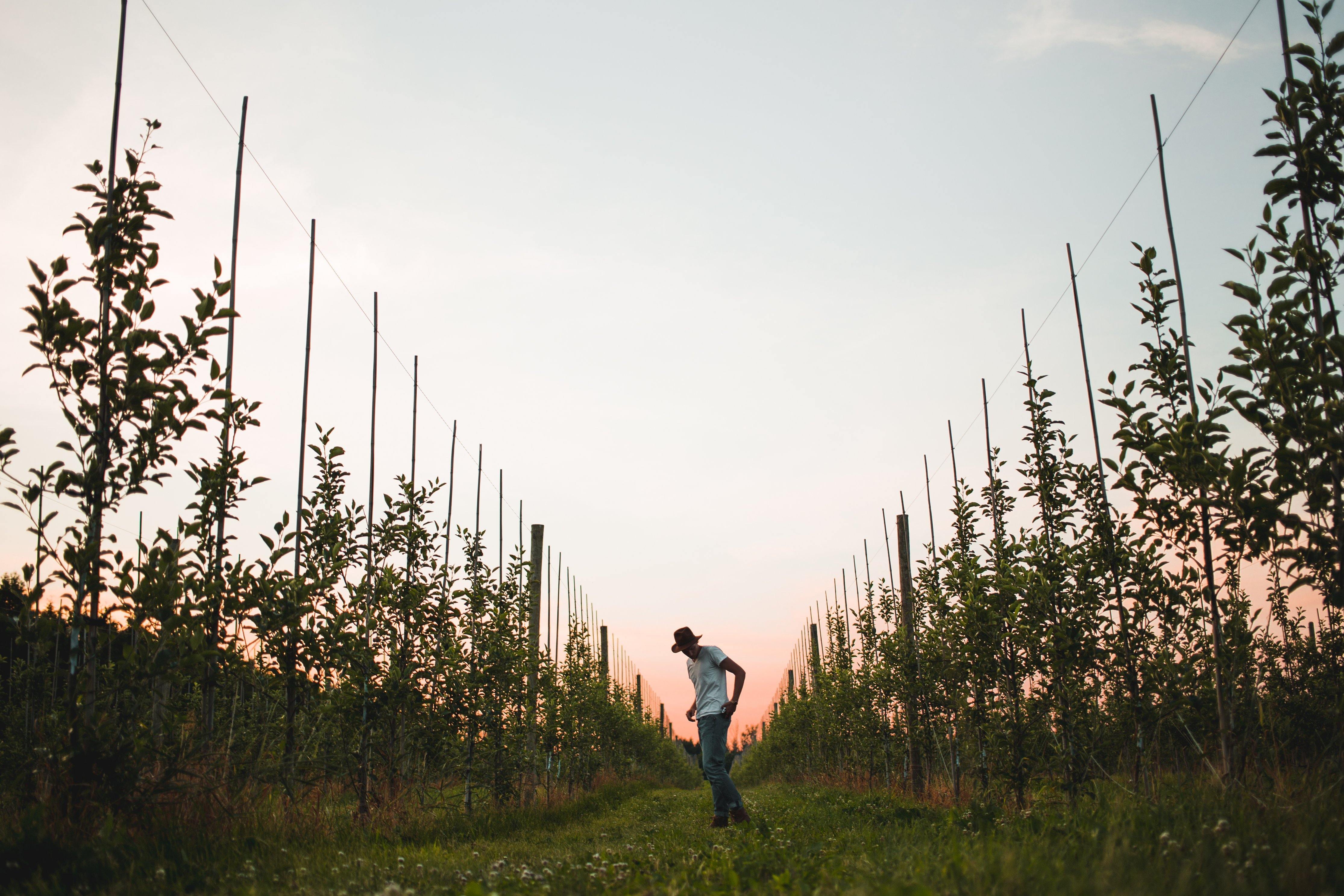
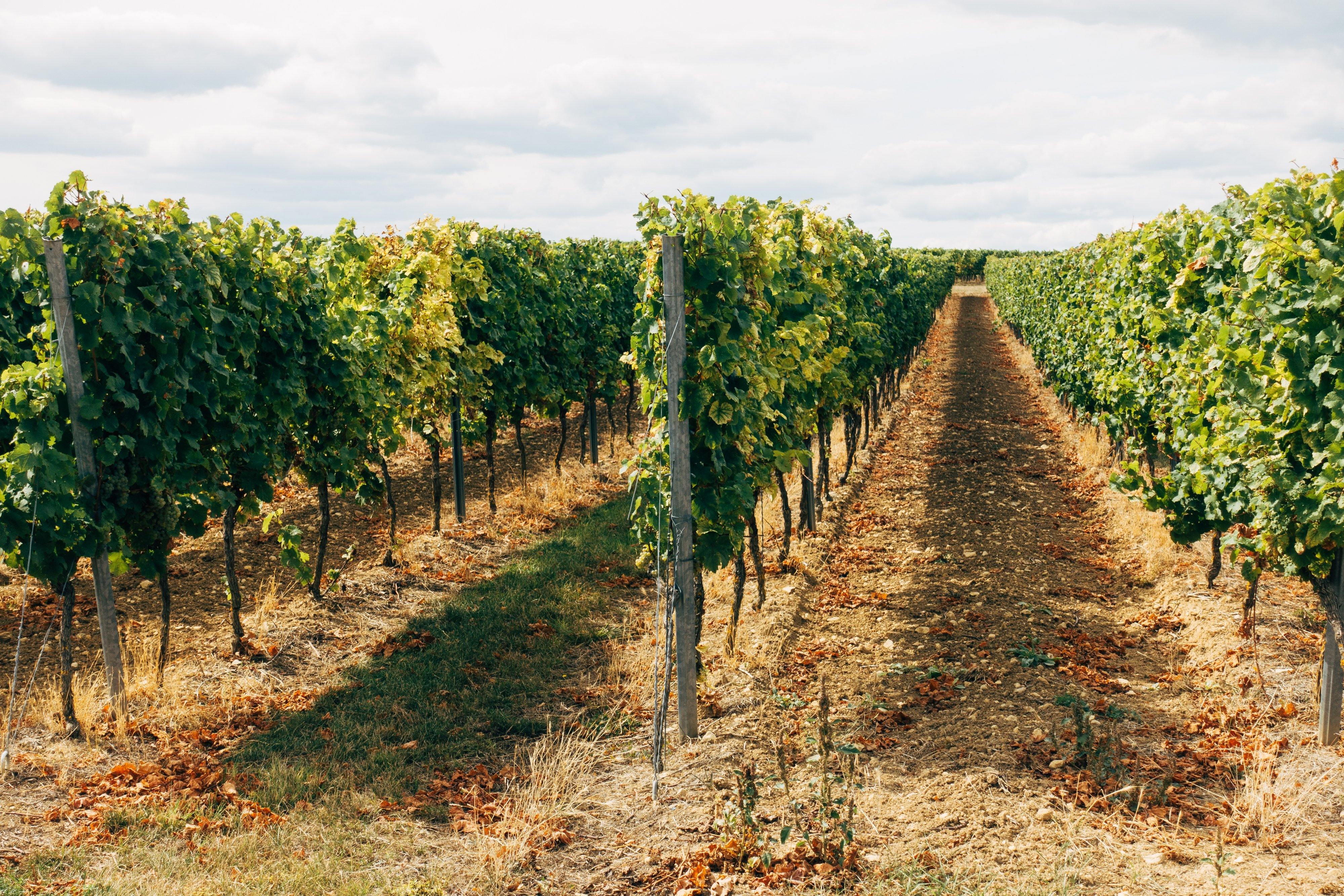
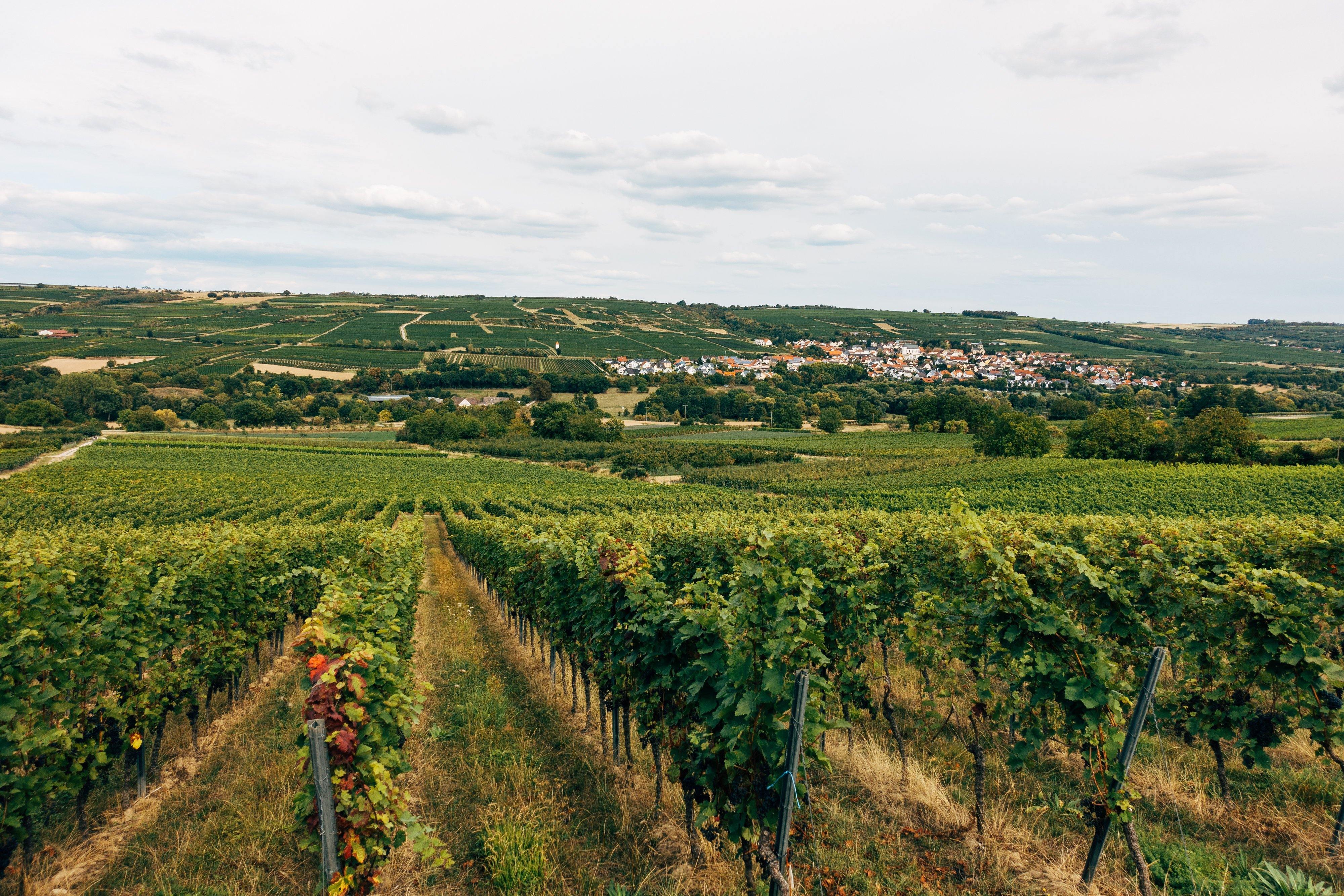
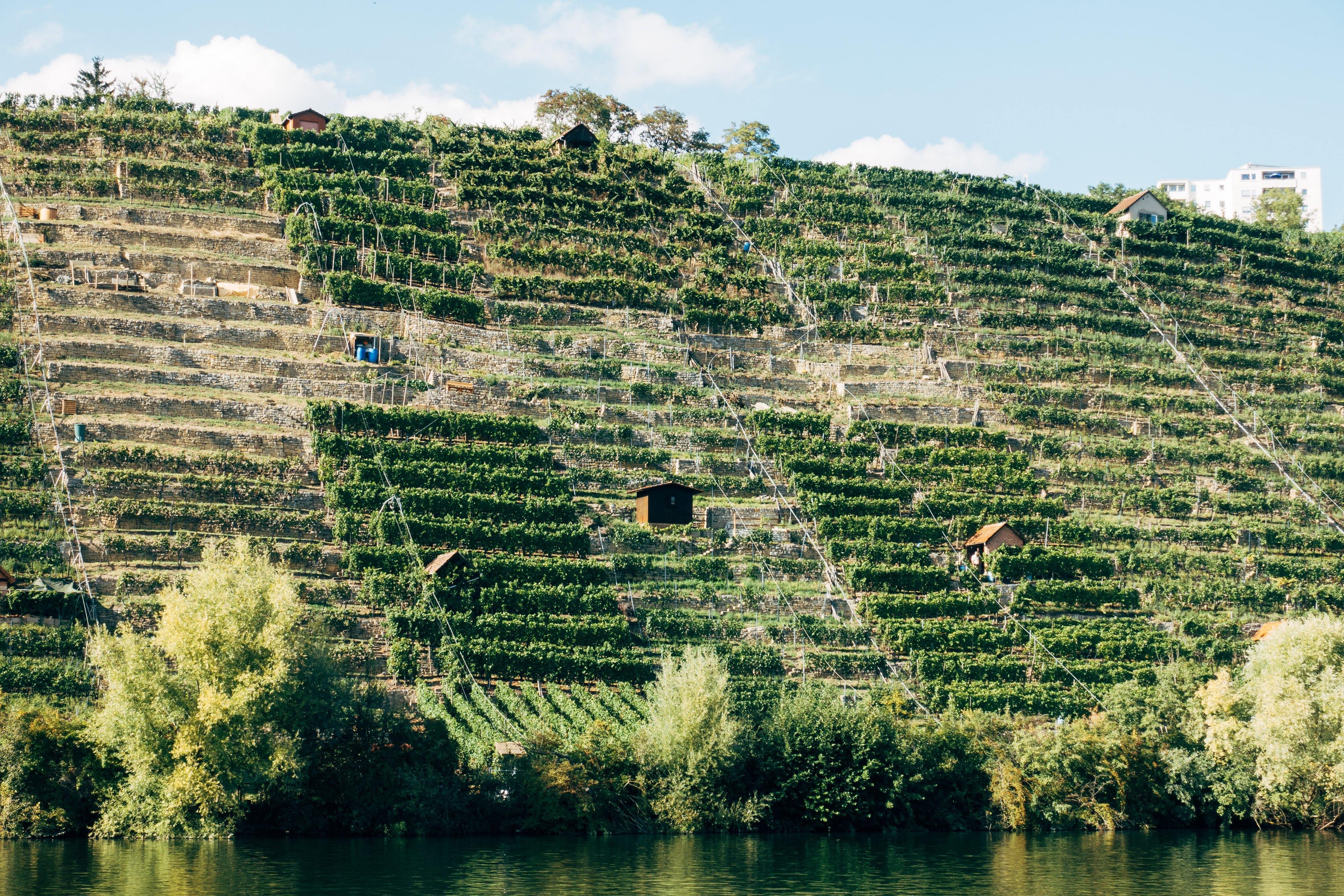
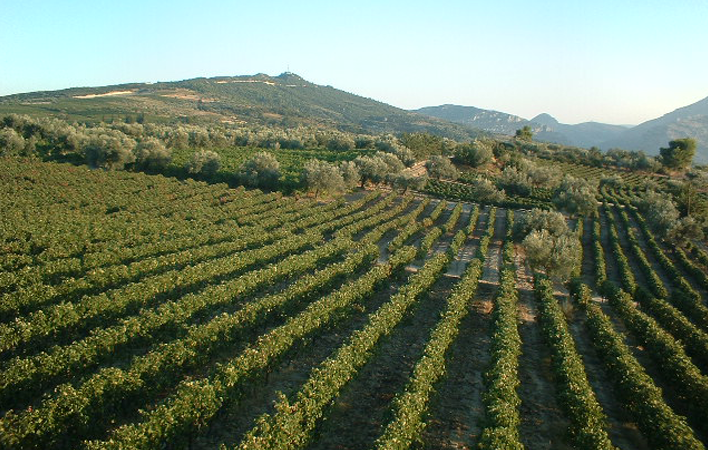
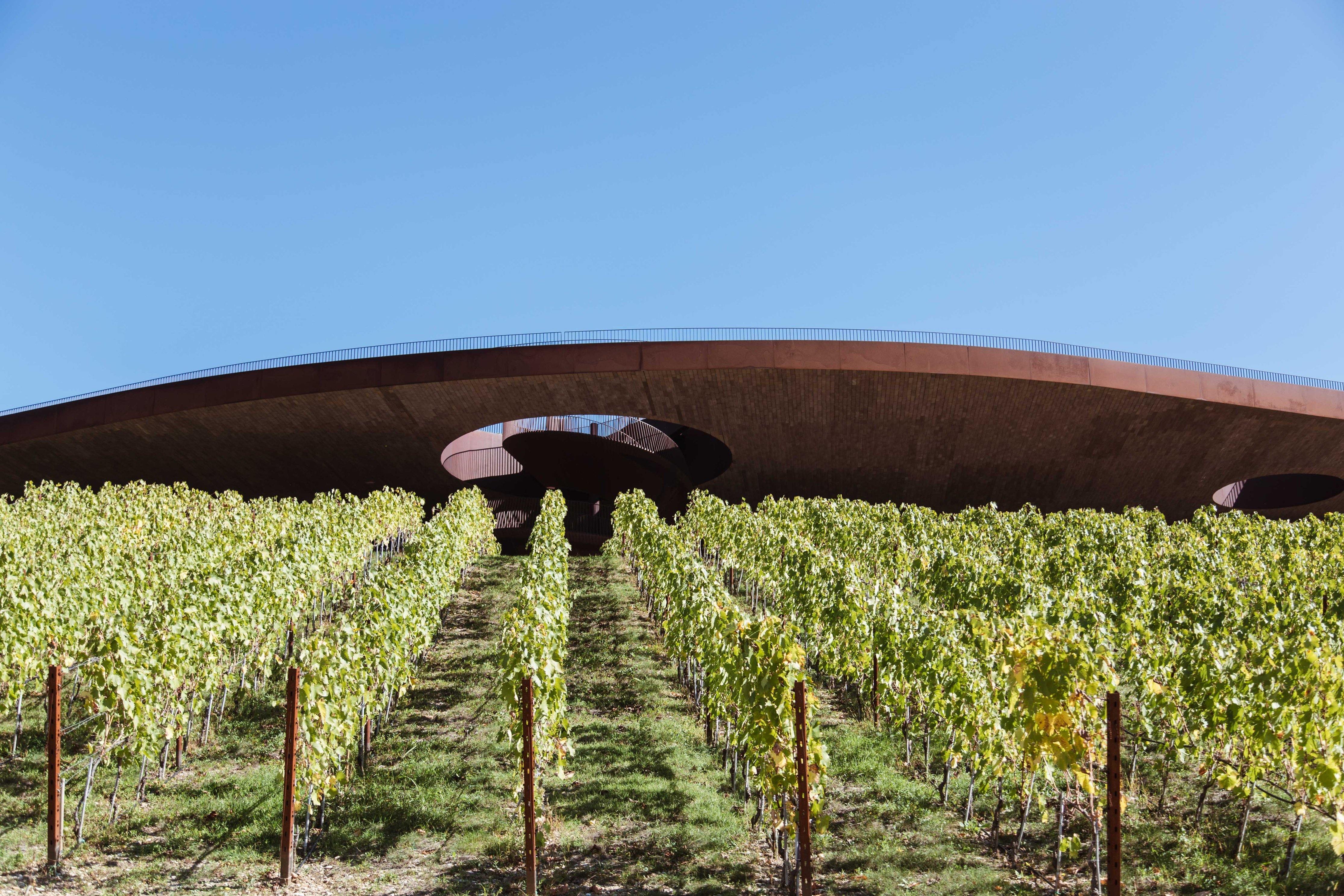
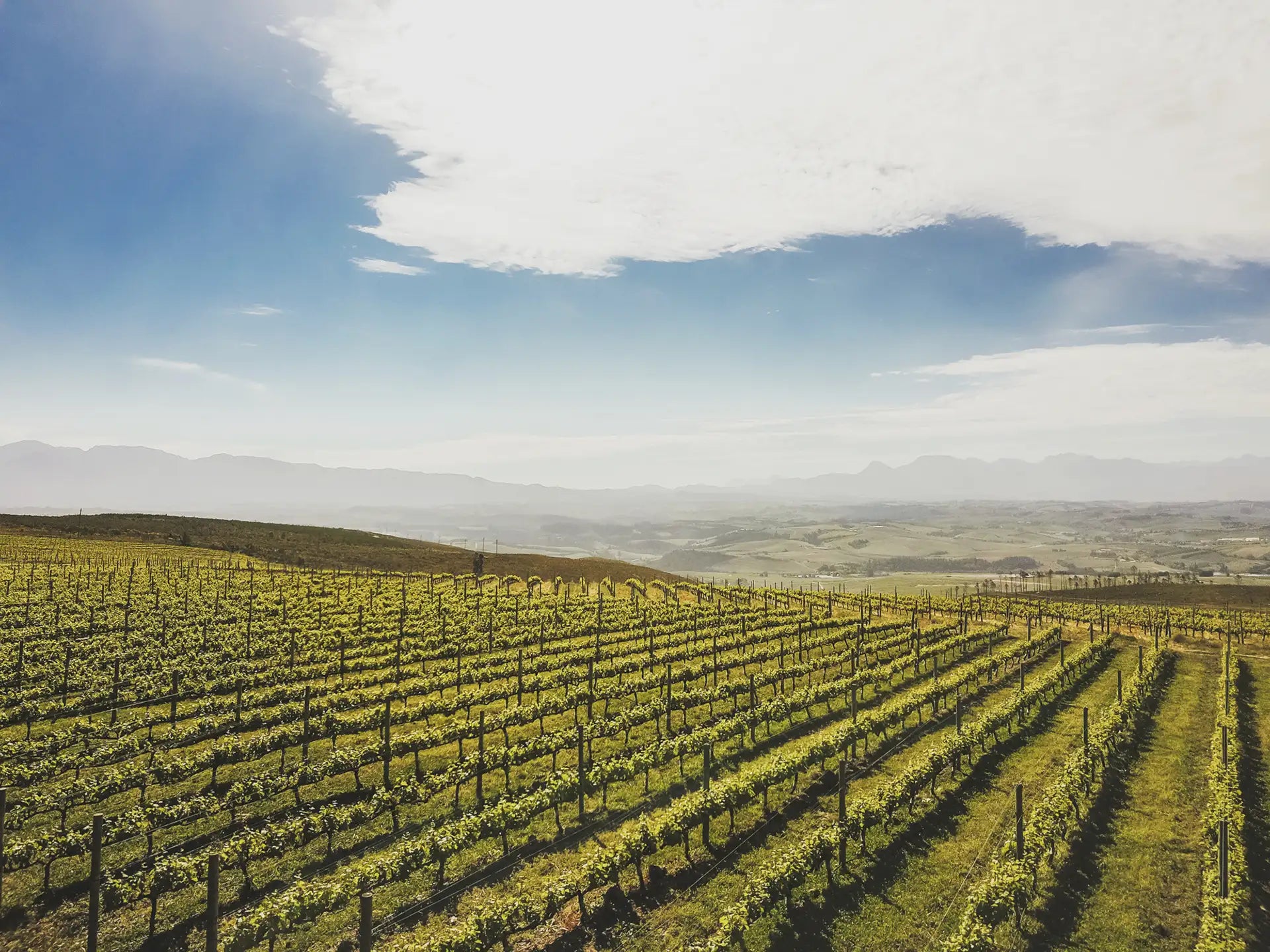
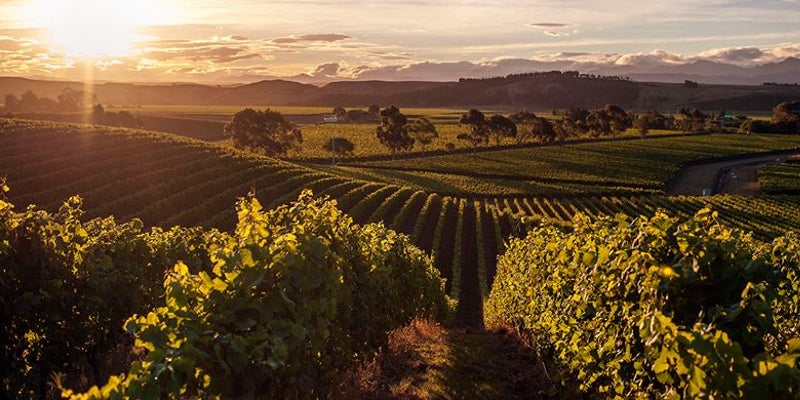
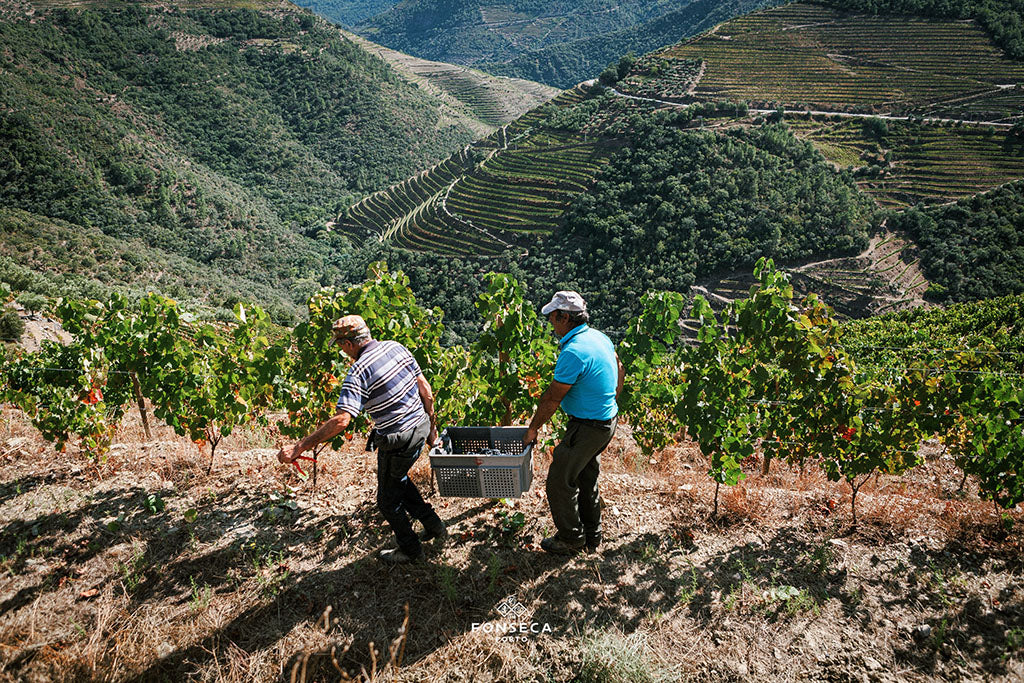
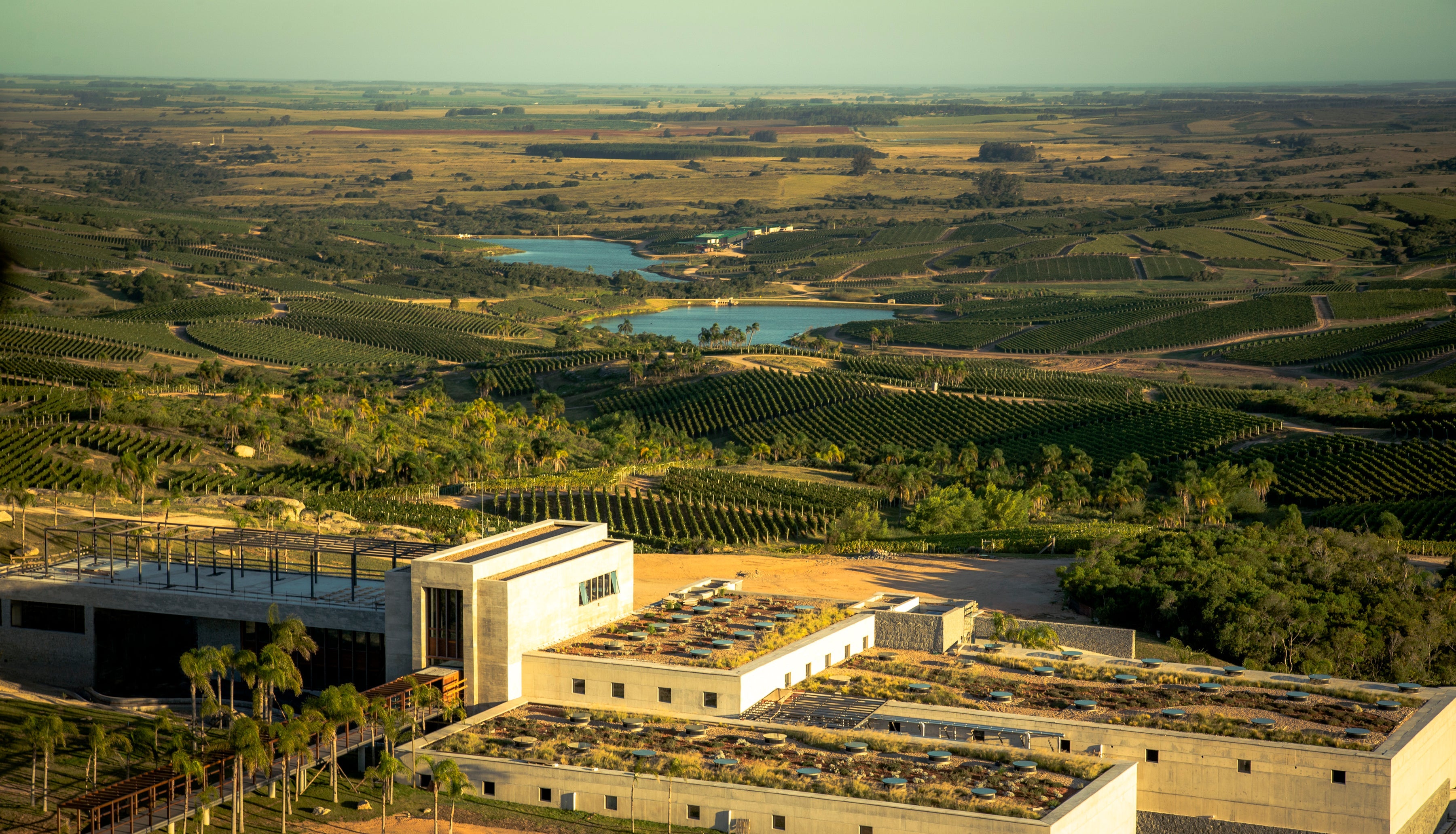
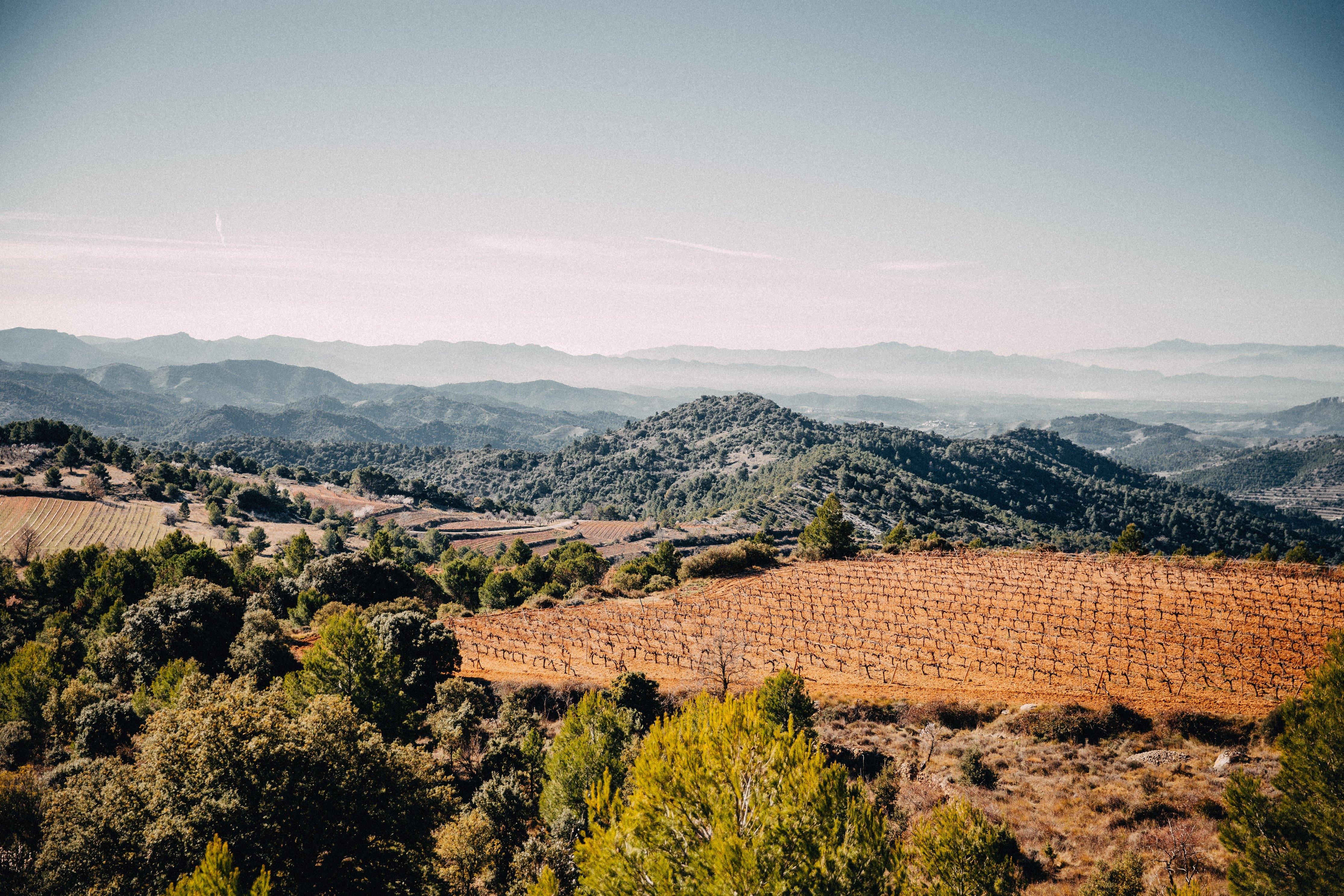
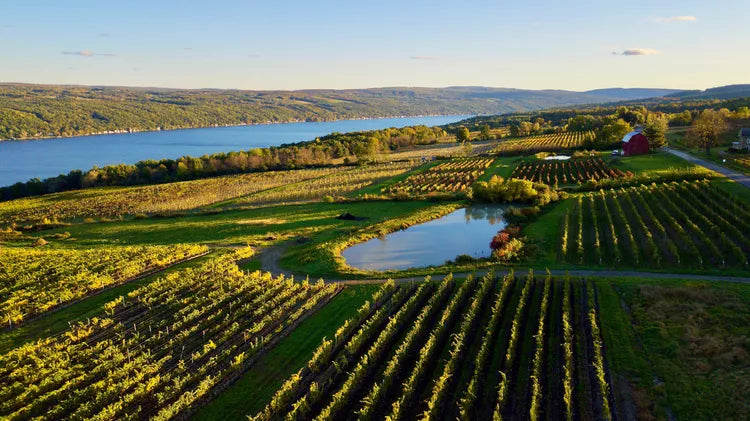

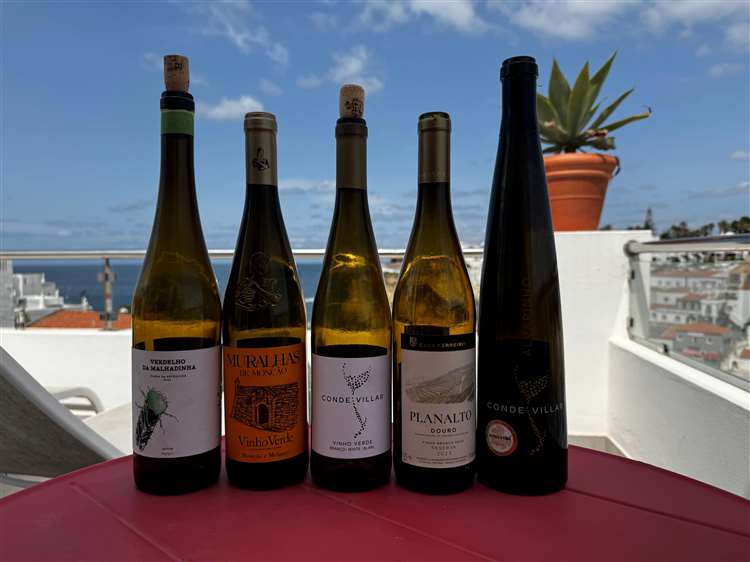
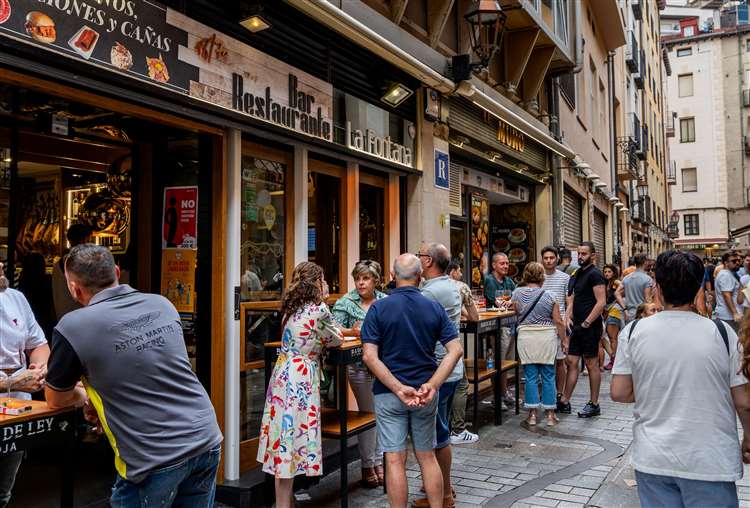
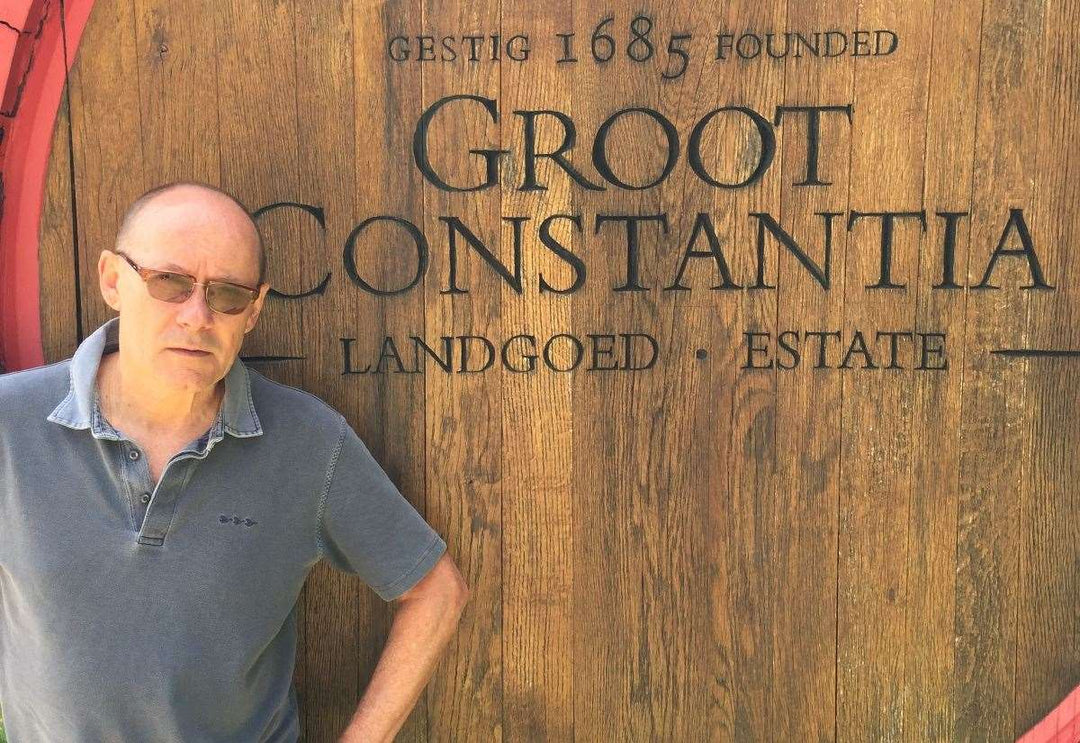
Leave a comment